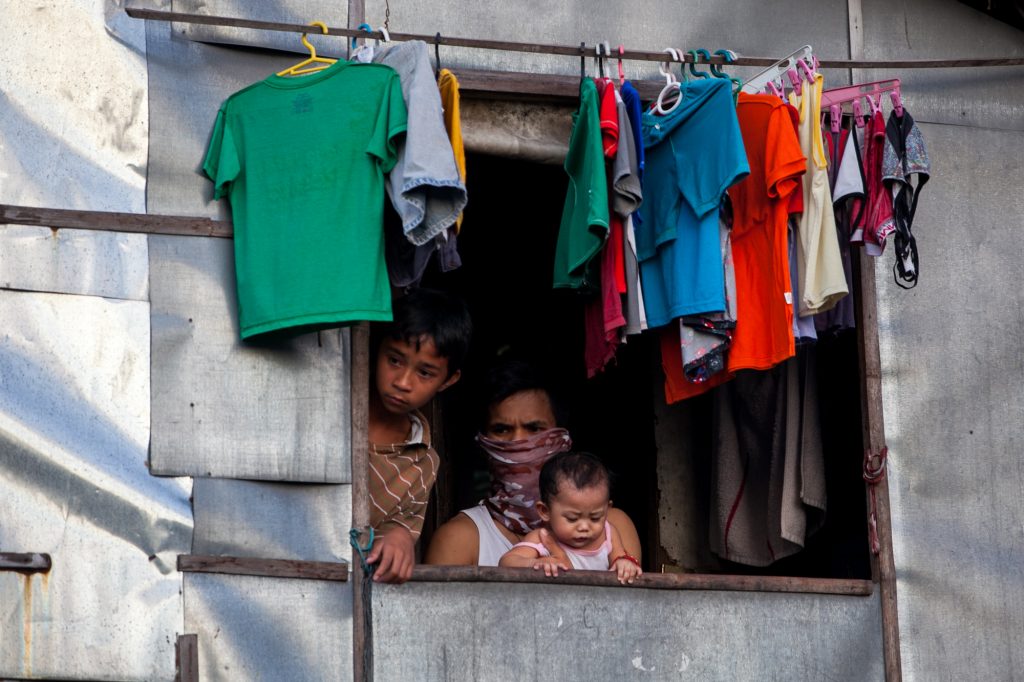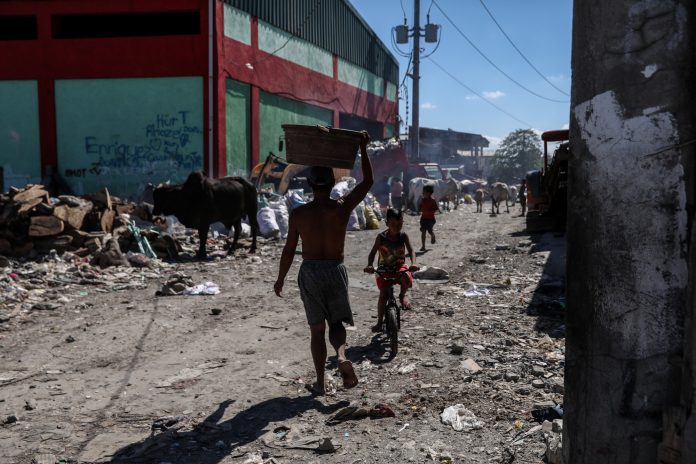AHEAD of the 4th World Day of the Poor on November 15 this year, Pope Francis pointed out in a message that “prayer is inseparable from solidarity with the poor.”
He called on the faithful to “stretch forth your hand to the poor,” particularly during the coronavirus pandemic, and cautioned against yielding to a “whirlwind of indifference.”
“Generosity that supports the weak, consoles the afflicted, relieves suffering and restores dignity to those stripped of it, is a condition for a fully human life …. Keeping our gaze fixed on the poor is difficult” but it is necessary more than ever “if we are to give proper direction to our personal life and the life of society,” the pontiff emphasized.
The pope’s reminder to avoid falling prey to the “whirlwind of indifference” resonates with urgency among Filipinos who are now helping the poor suffering from unimaginable deprivation under the current public health crisis.
The stark reality is that the poor are unlikely to survive the pandemic without much-needed help as the economy takes a nosedive and government resources are taxed to the limit.
We recall that the Philippines started this year on an optimistic note. The National Economic and Development Authority (NEDA) said in January that it expected the country’s poverty rate to be halved by the end of the current administration’s term in 2022.
The agency boasted that “this would be the first time in history that the poverty rate will be halved in just six years, a significant contribution and achievement of this administration.”
The government had actually set a more ambitious target reduction of poverty incidence to 11 percent, from the original 14 percent, by 2022.
This optimistic forecast was based on statistics showing that the country’s poverty incidence dropped to 16.6 percent in 2018, averaging a reduction of 2.23 percentage points per year, making the previous target achievable by mid-2022.
“Inclusive, job-generating growth and better-targeted programs helped increase the incomes of the poor. For those in the bottom 30 percent of the population, mean per capita income increased by 31.9 percent, outpacing the income growth of those in the top 20 percent of households,” NEDA said.

The level of optimism quickly took a 180-degree turn only several months after that as the COVID-19 pandemic began to afflict increasing numbers of Filipinos, prompting the lockdown in almost the entire country that sent the economy going on a downward spiral.
In March, NEDA said it expected even slower economic growth for 2020 due to the impact of the coronavirus outbreak. In 2019, the economy grew by 5.9 percent. This year, it said, it was looking at GDP growth of between 5.5 to 6.5 percent, and only 30,000 to 50,000 job losses.
By May, it appeared that optimistic projections were way off the mark, with the acting economic planning Secretary and concurrent NEDA director general admitting that our GDP growth rate this year is likely to hit negative 0.3 percent, the first time we will experience recession since 1998.
The Philippine economy is also projected to lose up to 2.5 trillion pesos due to the pandemic, according to the government think-tank Philippine Institute for Development Studies (PIDS) in a recent study.
The UK-based Oxford Economics also estimates that the country’s loss of output as of May is worth 5.8 percent of GDP, the highest among the ASEAN-5.
On June 8, the World Bank said it expected 70-100 million people to be pushed into extreme poverty by the pandemic.
A recent United Nations study also said the economic fallout from the coronavirus pandemic could plunge an extra 395 million people into extreme poverty and swell the total number of those living on less than US$1.90 a day worldwide to more than 1 billion.
“The outlook for the world’s poorest looks grim unless governments do more and do it quickly and make up the daily loss of income the poor face,” the UN report concluded.
What the economic downtown worldwide means for us in the Philippines is that already poor Filipinos would find themselves even more vulnerable in the months ahead as job losses mount and the poor and marginalized find themselves increasingly unable to cope with hard times.
The Catholic Church in the Philippines is on the right track in exerting all-out effort in helping those who stand to further suffer more hardship and are likely to be pushed into extreme poverty by the pandemic. After all, emancipating the poor and helping them to live life anew in dignity is an integral part of its mission.
Ernesto M. Hilario writes on political and social justice issues for various publications in the Philippines. The views and opinions expressed in this article are those of the author and do not necessarily reflect the official editorial position of LiCAS.news.









